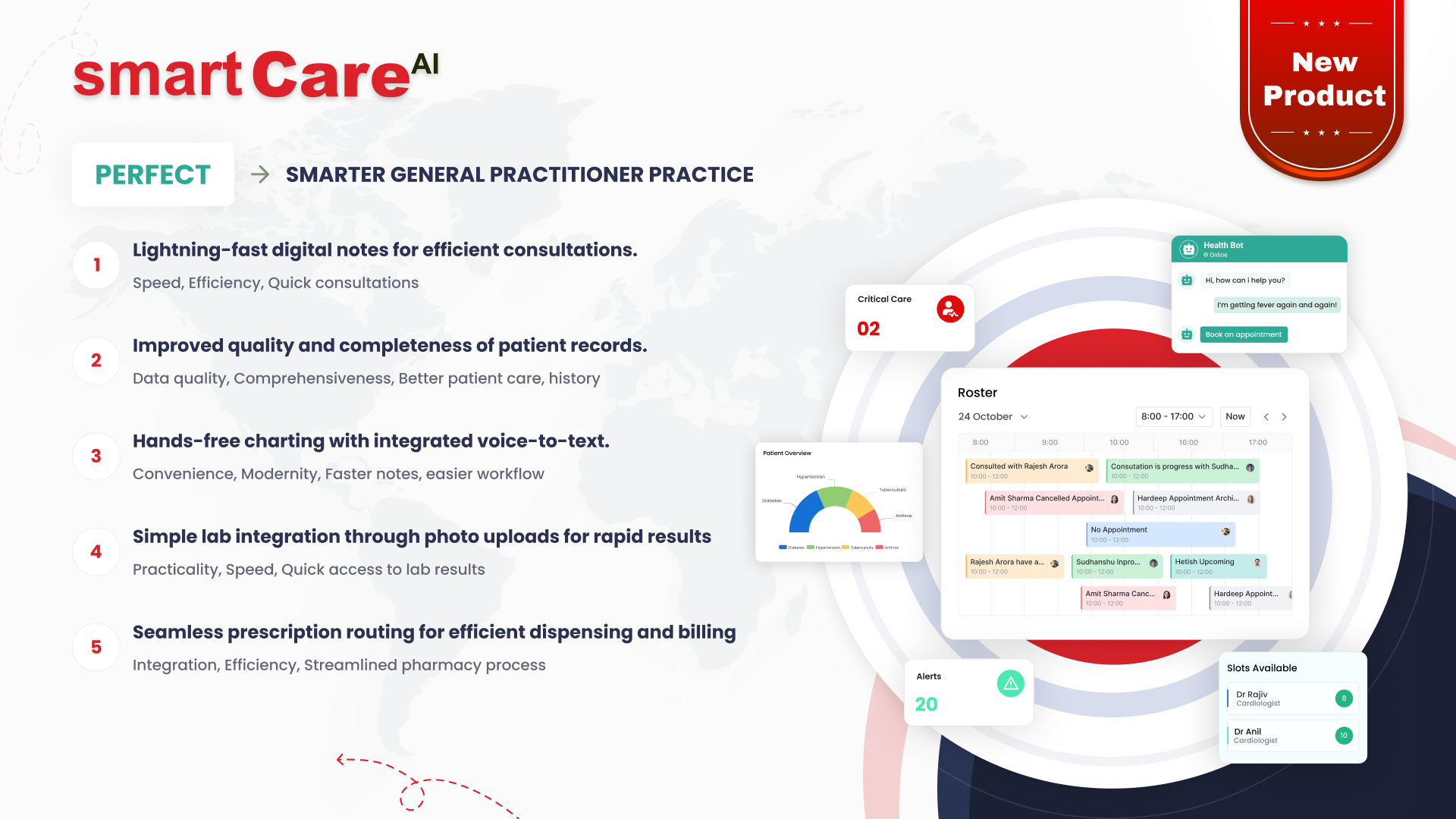Posted On November 14, 2025
AI Business Adoption in North America: Challenges, Realities, and the Road Ahead
AI is no longer a buzzword of the future; it is a defining force behind how North American enterprises compete, innovate, and create value. Yet, as the excitement around AI accelerates, so do questions regarding its staying power. Is this an AI bubble waiting to burst, or is this the beginning of a sustainable transformation that will define business over the next decade?
The AI adoption in different industries, from healthcare and finance to logistics and retail, is rapidly shifting from experimentative pilots to integrated production-grade deployments. Yet, this transition is not devoid of challenges. The North American market is experiencing enthusiasm, readiness gaps, and execution hurdles that will determine whether or not this wave becomes a lasting evolution or simply a short-lived surge.
The Hype vs. the Ground Reality
It’s easy to assume AI is everywhere. But step into the operations of large enterprises — including household names like Spirit or American Airlines — and you’ll often find manual workflows where automation could have been transformative.
Take airline luggage tracking as an example which is real case scenario I recent faced disruptions. With the amount of passenger data, flight patterns, and logistics intelligence available, AI could easily predict baggage mishandling, optimize routing, and alert travelers in real time if their luggage takes a detour. Yet, most carriers still rely on reactive systems and barcode scans that fail to prevent loss before it happens and not an optimized customer service even after the incident happens.
The problem isn’t lack of technology, it’s lack of focused adoption. Many industries are still stuck at the pilot stage, exploring AI use cases without a roadmap for scaling them into daily operations.
The AI Buzz: Between Hype and Real Impact
Indeed, there is a parallel with the early days of cloud adoption: intense excitement and lofty promises bring over-expectation. Startups are getting valued on potential rather than on traction, and enterprises are racing to integrate generative AI into workflows, many times before the “why” is defined.
But amidst the noise, real stories of transformation are unfolding. Predictive AI, for example, improves care coordination and reduces administrative overhead in health services, while AI-driven demand forecasting cuts waste and optimizes supply chains in manufacturing. Financial services firms use machine learning to reduce fraud and accelerate credit decisions.
These real-world applications signify that AI is not a passing fad but a tool whose true power depends on disciplined and purposeful adoption.
Key Challenges Slowing Down AI Maturity
- Data Readiness and Quality:
AI runs on data, but, for many organizations, their datasets are either fragmented, incomplete, or unstructured (they did not gather enough data properly since “BigData wave” came back in 2012). And without a solid data backbone, the most advanced models cannot produce reliable insights. - Competencies and Cultural Preparedness
The demand for AI talent, comprising data scientists, ML engineers, and prompt designers, continues to outstrip supply (technology adoption still in progress). Beyond talent, another very important factor is cultural readiness. Teams need to understand and believe in AI-driven decisions (user adoption is far and few), not simply accept them as black-box outputs. - Compliance and Ethical Constraints:
From privacy laws such as GDPR and CCPA to emerging AI governance frameworks, businesses have to operate within a radically complex web of compliance. Ethical questions around transparency, bias, and accountability are shaping the way in which AI systems are built and deployed. - Cost of Implementation:
In most cases, embedding AI meaningfully into core processes requires sizable infrastructure investments. Most small and mid-sized enterprises are still wary and prefer phased adoptions to full-scale transformation. - Sustainability of ROI:
While pilot projects involving AI usually show promise, scaling it sustainably across functions remains a challenge. Long-term ROI would be dependent upon continuous model refinement, monitoring, and alignment with the evolving priorities of the business.
The Realistic Timeline: From Exploration to Integration
North America is leading the way in global AI adoption, but its maturity curve will vary across industries.
Short Term (1-2 years): Most organizations will continue experimenting with targeted use cases such as automation, chatbots, predictive analytics, and generative content tools. Expect steady growth in proof-of-concept initiatives for operational efficiency and customer experience.
Medium Term (3–5 years): AI will become an enterprise software capability. The deployment will accelerate with modular AI “pods” and platformized architectures that bridge experimentation to measurable business outcomes. Large-scale production-level integrations begin across industries such as healthcare, manufacturing, and logistics.
Long Term (5+ years): AI and business processes will blur. By their very nature, the decision-making systems of the future will be intelligent, leveraging real-time data streams to enable adaptive, self-improving operations. At this stage, AI will cease to be a differentiator and will be an expectation.
Is There an AI Bubble?
Like all significant technology waves, AI has its share of overvaluations and opportunistic claims. But unlike the dot-com era, today’s AI evolution is underpinned by tangible use cases and measurable outcomes. The technology already propels significant efficiency gains, cost reduction, and innovation in mission-critical sectors.
The challenge is not whether AI works-but whether businesses can implement it responsibly, sustainably, and at scale.
The Road Ahead: Making AI Adoption Purposeful
The AI wave in North America is far from fizzling out; it’s just evolving. The next phase of growth will belong to those companies that: Adopt AI as a core enabler, not an add-on feature. Invest in governance and ethics in order to build trustworthy systems. Build reusable, modular AI platforms that scale efficiently across use cases. Align AI outcomes with real business metrics: productivity, customer satisfaction, and margin improvement.
At smartData, we think of AI not as a revolution but as an evolution. It should be an evolution that blends innovation with purpose, compliance, and sustainability. From healthcare and finance to enterprise automation, our approach has always been centered on AI-native platforms-designed to convert intelligence into measurable business outcomes. The question is not whether AI adoption will continue— it is how responsibly and effectively we will guide it. And in that, the real opportunity lies ahead.








